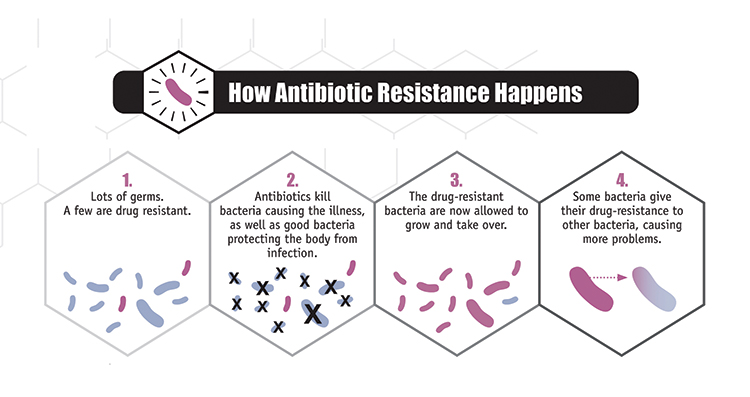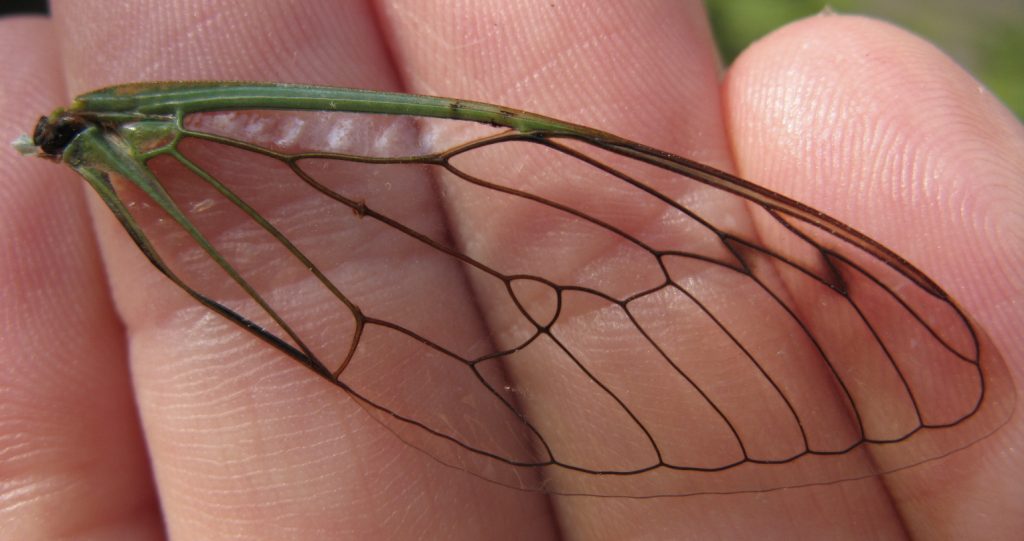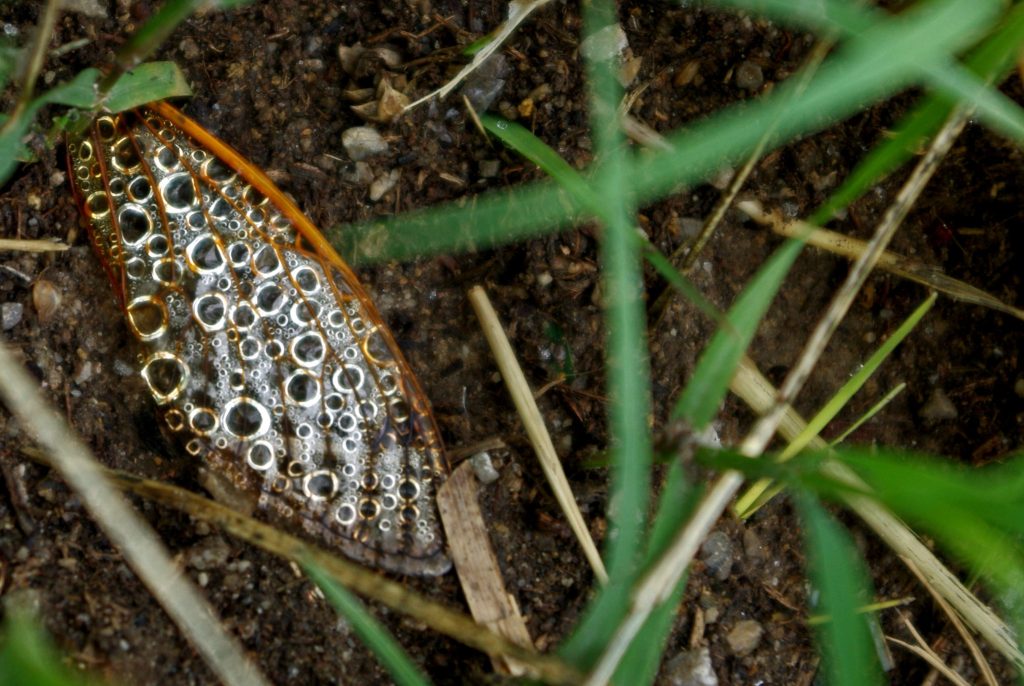Last April, Arabella Heath, a Biochemistry undergraduate student, and Mia Hughes, a Chemistry undergraduate, joined IMSE for a day to experience the work environment in an Operations team. Together, they explored the topic of antimicrobial resistance and how we can keep antibiotics working by combining molecular science and engineering research. Coincidentally, a couple of weeks ago, the U.K. government updated its strategy to tackle antimicrobial resistance for the next 5 years. In this blog, Arabella and Mia explore how the surface of insect wings is inspiring innovation on antimicrobial ‘smart’ surfaces to reduce bacterial infections in hospitals.
The prevalence of antimicrobial resistance
Summer is approaching, and we are all dreading the familiar sound of insects buzzing that accompanies the season. But who knew that studying some insects like cicadas and dragonflies might hold the key to tackling antimicrobial resistance (AMR)? AMR occurs when antimicrobial treatment is no longer effective at treating bacteria, viruses, fungi and other parasites. It leads to increased infections rates and severe illnesses. AMR is a major threat for the development of global public health. AMR caused an estimated 1.27 million deaths in 2019 worldwide and this is set to rise to 10 million by 2050. This issue requires new and innovative solutions because evolving bacteria are outsmarting our current available antibiotics.

Insects wings v Bacterial infections
Remember as a child, trying to stretch bubbles into different shapes before they pop? Now, imagine pulling apart millions of little bubbles before they can float away. This is exactly how cicada’s wings work. They are lined with rows of spiky nano-protrusions which pull on bacterial ‘bubbles’ landing on the surface, stretching their membranes until they burst. Cicada wings use force to render the bacteria useless, which means that they don’t develop resistance or become harder to treat. This simple mechanism could be used to kill common bacteria that plague hospitals, like E. coli.

Mimicking cicada wings to create smart surfaces
Scientists have been working to synthesize biodegradable polymers that mimic the ripple effect of cicada wings. Materials such as clingfilm-like sustainable polymers can be stretched and relaxed in specific directions to create tiny spikes in the structure, on the nano and micro scale. This new technique is also inexpensive in comparison to other methods that generate complex patterns on polymers. And because it can be easily scaled up, it also has a potential use as self-cleaning surfaces in hospitals.

Materials science inspired by nature
Apart from tackling hospital infections, this antimicrobial technology has potential impact in various other industries and applications, from door handles to food packaging. In fact, you could soon have this cicada-inspired molecular engineering inside you, as part of an implant!
Cicada wings themselves hold more secrets, with thrilling implications for material science. Their waxy coating has ‘super-hydrophobicity’ properties, repelling water into droplets and making cicadas self-cleaning. In addition, cicada wings are anti-reflective allowing them to camouflage -explaining why you can hear them but never see them at night -, a property which could be harnessed into solar cell technology.

More research in this area will show how effective cicada wing-inspired materials are for a wide variety of applications. For now, we are looking forward to this amazing technology becoming incorporated into everyday life.